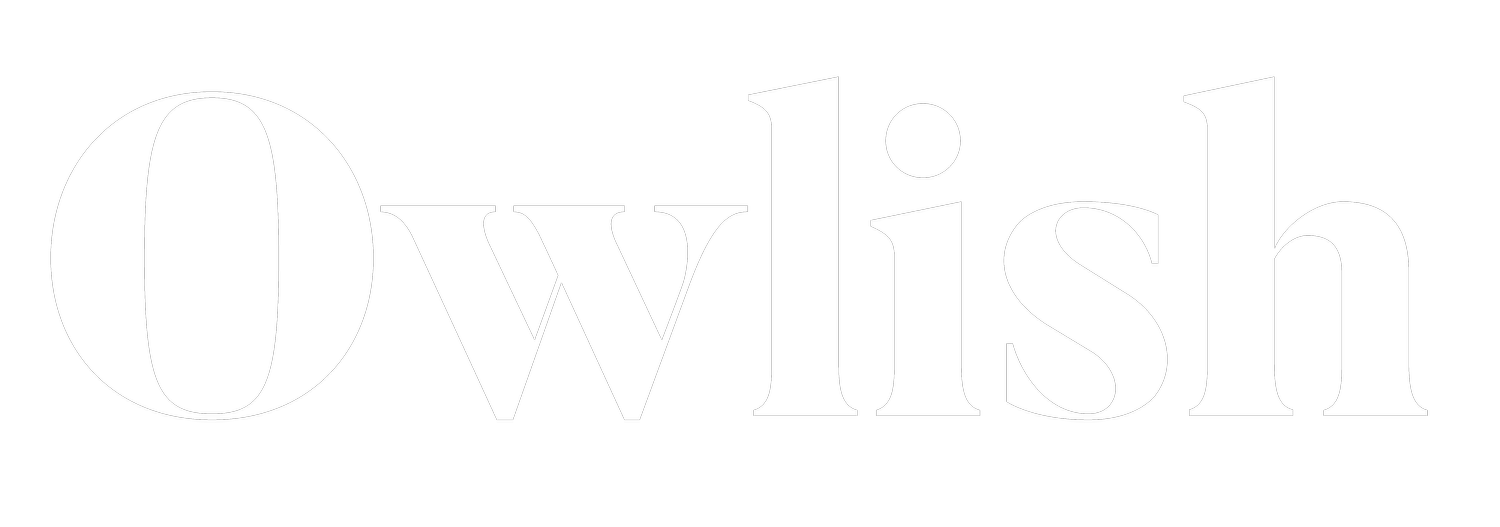The Dark Side of Branding: When Controversy Backfires
In the fast-paced world of marketing and branding, generating buzz and standing out from the competition is paramount. However, there's a fine line between pushing boundaries and crossing into controversy. In this blog post, we'll delve into the dark side of branding, exploring instances when controversial marketing tactics have backfired and examining the lessons we can learn from these missteps.
Controversy in branding isn't a new concept. From provocative ad campaigns to edgy social media posts, brands have long sought to push the envelope in order to capture the attention of consumers. And while some controversies have successfully propelled brands into the spotlight, others have resulted in significant backlash and damage to brand reputation.
One of the most infamous examples of controversial branding gone wrong is the Pepsi ad featuring Kendall Jenner. Released in 2017, the ad depicted Jenner joining a protest and diffusing tension with a can of Pepsi, seemingly trivializing the real-life struggles of activists. The ad was met with swift and widespread criticism, with many accusing Pepsi of trivializing social justice movements for commercial gain. Ultimately, Pepsi was forced to pull the ad and issue a public apology, highlighting the importance of understanding and respecting sensitive social issues.
Similarly, fashion brand Dolce & Gabbana faced backlash in 2018 over a series of racially insensitive marketing campaigns. The brand's "DG Loves China" campaign, which featured a Chinese model struggling to eat Italian foods with chopsticks, was widely criticized for perpetuating harmful stereotypes. The controversy escalated when screenshots allegedly showing derogatory comments made by one of the brand's founders about Chinese culture surfaced online. The fallout was swift, with many Chinese consumers boycotting the brand and retailers pulling Dolce & Gabbana products from their shelves.
These examples serve as cautionary tales for brands looking to capitalize on controversy. While it's tempting to take risks in order to capture attention and drive engagement, it's crucial to consider the potential repercussions of such actions. Brands must tread carefully when addressing sensitive social and cultural issues, ensuring that their messaging is thoughtful, respectful, and authentic.
So, how can brands navigate the potential minefield of controversy in their marketing efforts? Firstly, it's essential to conduct thorough research and consider the perspectives of diverse stakeholders before launching any campaign. Brands should also be prepared to listen to feedback and take swift action if a campaign is deemed offensive or inappropriate. Finally, brands should strive to maintain transparency and authenticity in their marketing efforts, building trust with consumers through genuine and meaningful interactions.
While controversy can be a powerful tool for capturing attention and driving engagement, brands must proceed with caution. By understanding the potential risks and consequences of controversial marketing tactics and taking proactive steps to mitigate them, brands can avoid the pitfalls of the dark side of branding and build lasting relationships with their audience.
